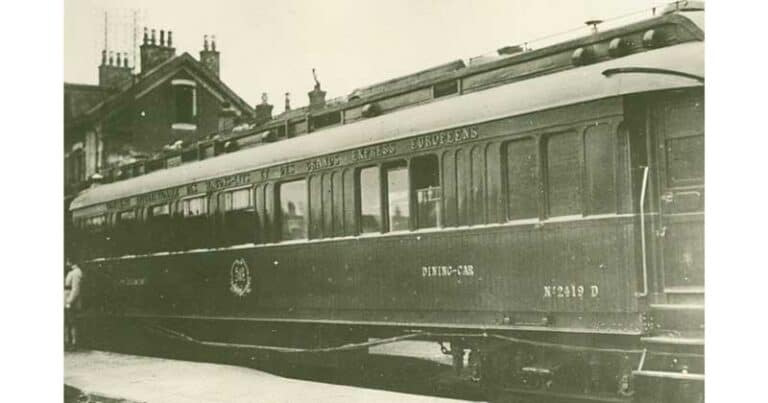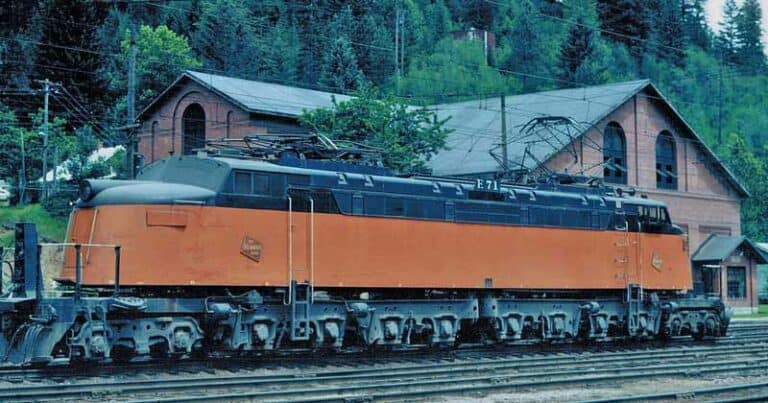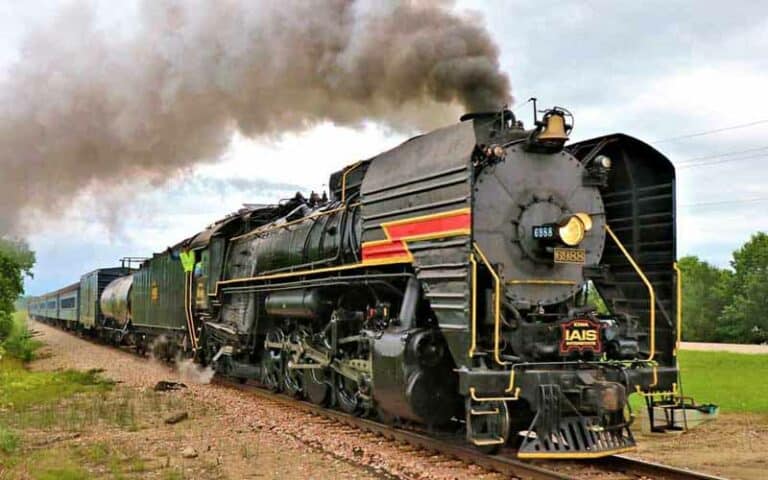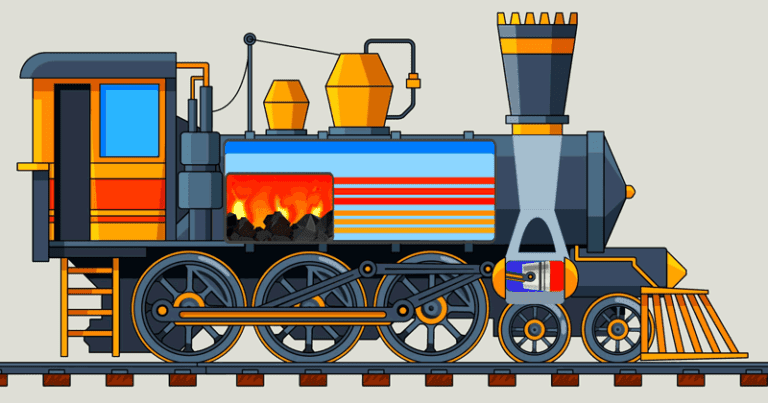What is a Hospital Train?
When the Union Pacific Railroad announced that they were donating several pieces of railroad equipment, including multiple locomotives and cars, to Railroading Heritage of Midwest America, there was much rejoicing followed by the daunting task of getting the equipment across the country. After months of planning, a Hospital Train left the UP shops in Wyoming as the UP Heritage Donation Special.
But what is a Hospital Train? Well, there are several.
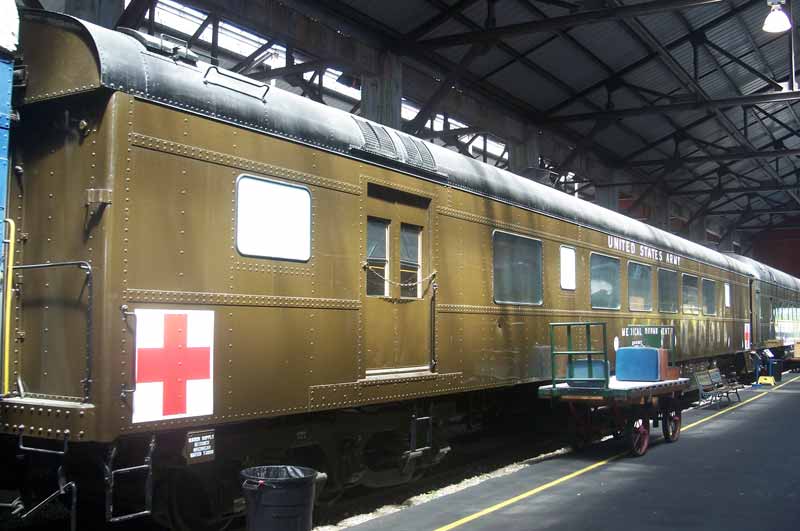
Hospital Trains During Early War
Since their earliest days, railroads have been an important part of military combat. While transporting soldiers and supplies into a war zone is important, railroads can provide passage for injured soldiers. In fact, early versions can be traced back to the 1850’s when British contractors built a railroad to assist troops during the Crimea War. While the initial focus was for delivering supplies to front line soldiers, the Grand Crimean Central Railway, as it was named, would be used to transport injured soldiers to medical assistance.
These trains would continue to be used in in wars over the next several decades including the American Civil War and the Franco-Prussian War. Hospital trains during these wars were very basic and offered little-to-no medical care on board. It was also during this time that medical trains began displaying red crosses to distinguish them as non-participants and avoid being attacked.
Hospital Trains During WWI and WWII
Hospital trains were taken to the next level during World War I. Unlike in previous wars, these trains were outfitted with proper supplies and medical staff so that they could provide care while transporting patients.
Some of the most famous hospital trains were operated by the British Royal Army Medical Corps. These trains, which were typically painted white or a combination of red and white, were crucial in getting injured and dead soldiers away from the battlefields, including the Flanders region in Belgium, where more than 100,000 soldiers were transported away from the battle in just a month.
Leading up to World War II, America did not have any hospital trains. However, the military did not want to be completely unprepared, so the Army acquired over 300 cars for use in the Zone of Interior. Roughly a third of the cars were converted Pullman lounge and sleeper cars; but the cars had restrooms on both ends which prevented transporting soldiers to/from the operating car and ward cars.
By the end of the Battle of the Bulge, Allied forces operated around 40 hospital trains constantly to remove the injured from the battle field and still needed to bring more in due to the number of wounded.
Post World War II
Although hospital trains were vital to efforts during the war, they have not been used much in conflicts since thanks in part to technological and operational advances in air and ground transport. Modern conflicts have seen arial and motorized vehicles replace hospital trains in the evacuation of injured servicemen and women.
Today several countries feature hospital trains designed to offer mobile medical care to citizens in remote areas. These trains, which operate in Russia, Mexico and India amongst others, tend to focus on giving medical attention to residents instead of transporting to larger medical facilities. Similarly, China operates four trains dedicated to offering optometry services throughout the country.
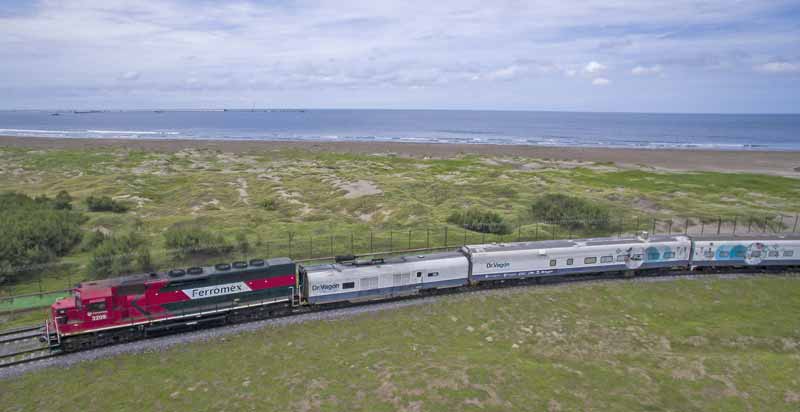
Hospital Train for Trains
In the railroading community, the term hospital train is also colloquially used to describe a train transporting damaged equipment to repair facilities. In the case of the Union Pacific’s donation to the RRHMA, the majority of the donated equipment needs restored prior to returning to the rails.


